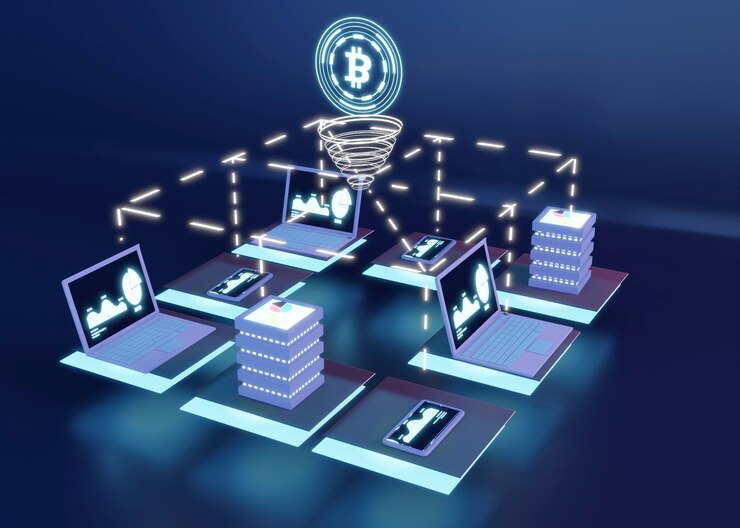In today’s fast-paced world, the healthcare sector is evolving rapidly, and Ambulance Transfer Services are no exception. Modern ambulances are no longer just vehicles for transporting patients; they are mobile health units equipped with cutting-edge technology designed to provide immediate medical attention. This article explores how technology is transforming Ambulance Transfer Services, enhancing patient care, and improving emergency response times.
The Evolution of Ambulance Transfer Services
Historically, ambulances were simple vehicles designed to move patients from one location to another. Over time, the need for faster, more efficient medical response led to significant advancements in ambulance technology. Today, Ambulance Transfer Services incorporate state-of-the-art medical equipment, GPS systems, and advanced communication tools that allow real-time interaction with hospitals and emergency centers.
Advanced Communication and GPS Technology
Real-Time Communication with Hospitals
One of the most significant technological advancements in Ambulance Transfer Services is real-time communication. Paramedics can now communicate directly with doctors and specialists at the receiving hospital, sharing patient information en route. This allows medical teams to prepare for the patient’s arrival, significantly improving outcomes in critical situations.
GPS and Route Optimization
Modern ambulances are equipped with GPS systems that not only provide directions but also optimize routes based on real-time traffic data. This ensures that ambulances reach their destinations as quickly as possible, reducing response times and potentially saving lives. In cities like اسعاف ابو ظبي (Abu Dhabi Ambulance Services), GPS technology plays a crucial role in navigating complex urban environments.
Telemedicine Integration in Ambulance Transfer Services
Remote Consultations
Telemedicine has revolutionized the way paramedics operate during emergency transfers. With telemedicine tools, paramedics can consult with remote specialists via video calls, receiving immediate guidance on critical medical decisions. This is especially useful in rural or remote areas where access to specialized care is limited.
Patient Monitoring and Data Transmission
Advanced monitoring devices in ambulances can now transmit real-time patient data, such as heart rate, blood pressure, and oxygen levels, directly to the hospital. This continuous flow of information allows hospital staff to prepare necessary interventions before the patient even arrives.
Enhanced Medical Equipment and Life Support Systems
Portable Diagnostic Tools
Modern Ambulance Transfer Services are equipped with portable diagnostic tools, such as ultrasound machines, portable X-rays, and blood analyzers. These tools enable paramedics to conduct preliminary diagnoses on-site, speeding up the treatment process.
Advanced Life Support (ALS) Systems
Ambulances now come with sophisticated life support systems, including defibrillators, ventilators, and infusion pumps. These devices are crucial for stabilizing patients during transport, ensuring that they receive continuous care from the moment they are picked up until they reach the hospital.
Technology in Ambulance for Events
Preparedness for Large Gatherings
When it comes to providing Ambulance for Events, technology plays a vital role in ensuring safety. Event organizers often deploy multiple ambulances equipped with communication systems that link them to central command centers. This setup allows for quick coordination in case of medical emergencies.
Crowd Management and Emergency Response
During large events, managing crowds and ensuring quick medical response is challenging. Technologies like drones and mobile apps help monitor crowd movements and identify potential health risks in real time. Ambulance for Events services leverage these tools to deploy resources efficiently.
Data Analytics and Predictive Modeling in Ambulance Transfer Services
Analyzing Response Times and Outcomes
Data analytics is becoming increasingly important in Ambulance Transfer Services. By analyzing response times, patient outcomes, and other metrics, ambulance services can identify areas for improvement and optimize their operations.
Predictive Modeling for Resource Allocation
Predictive modeling uses historical data to forecast future demand for ambulance services. This technology helps allocate resources more efficiently, ensuring that ambulances are available where and when they are needed most. In busy cities like اسعاف ابو ظبي, predictive modeling can significantly enhance emergency response efficiency.
The Role of Artificial Intelligence in Ambulance Transfer Services
AI-Powered Triage Systems
Artificial Intelligence (AI) is being integrated into Ambulance Transfer Services to assist in triaging patients. AI algorithms can analyze patient symptoms and vital signs to determine the severity of their condition, helping paramedics prioritize care more effectively.
Automated Dispatch Systems
AI-driven dispatch systems analyze incoming emergency calls to determine the best ambulance to send based on location, traffic conditions, and the severity of the emergency. This ensures faster response times and better allocation of resources.
Mobile Apps and Public Engagement
Apps for Emergency Requests
Many Ambulance Transfer Services now offer mobile apps that allow users to request emergency assistance with just a few taps. These apps can also provide real-time updates on the ambulance’s location and estimated arrival time.
Public Awareness and Training
Mobile technology is also used to educate the public about emergency procedures and first aid. Some apps offer tutorials and guides on how to respond to common medical emergencies, empowering people to act quickly while waiting for professional help.
The Future of Technology in Ambulance Transfer Services
Autonomous Ambulances
The concept of autonomous ambulances is being explored, with the potential to revolutionize Ambulance Transfer Services. These self-driving vehicles could navigate traffic more efficiently and free up paramedics to focus entirely on patient care during transport.
Integration with Smart Cities
As cities become smarter, Ambulance Transfer Services will integrate more deeply with urban infrastructure. Traffic lights could be programmed to give ambulances priority, and real-time data from city sensors could help optimize emergency response strategies.
Challenges and Considerations
Data Security and Privacy
With the increased use of technology comes the challenge of ensuring data security and patient privacy. Ambulance Transfer Services must implement robust cybersecurity measures to protect sensitive medical information.
Training and Adaptation
As technology evolves, paramedics and emergency responders must receive ongoing training to keep up with new tools and systems. Ensuring that all personnel are proficient with the latest technology is crucial for maintaining high standards of care.
Conclusion
Technology has transformed Ambulance Transfer Services, making them faster, more efficient, and better equipped to handle medical emergencies. From advanced communication systems and telemedicine integration to AI-driven dispatch and predictive modeling, these innovations are saving lives and improving patient outcomes. As we look to the future, continued advancements in technology promise to further enhance the capabilities of Ambulance Transfer Services, ensuring that patients receive the best possible care wherever they are.
Whether it’s providing Ambulance for Events or navigating the busy streets of اسعاف ابو ظبي, technology is at the heart of modern emergency medical services, driving progress and setting new standards in healthcare












Leave a Reply